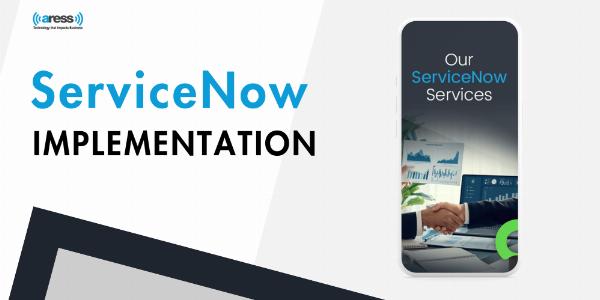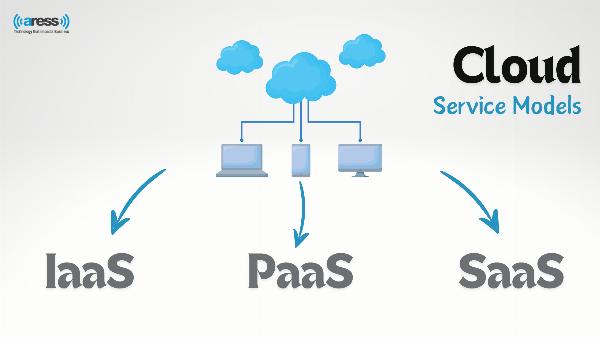How to Optimize ServiceNow for Your Organization

Strong 8k brings an ultra-HD IPTV experience to your living room and your pocket.
ServiceNow is a powerful platform that enables organizations to streamline their operations, improve service delivery, and enhance overall productivity. However, to fully leverage its capabilities, it’s essential to implement and optimize the platform effectively. This article will guide you through the steps to optimize ServiceNow for your organization, ensuring that you get the most out of your investment.
Understanding ServiceNow Implementation
ServiceNow is a versatile cloud-based platform designed to automate IT service management (ITSM), IT operations management (ITOM), and IT business management (ITBM). Successful ServiceNow implementation involves more than just deploying the software; it requires strategic planning, customization, and continuous improvement.
Steps to Optimize ServiceNow for Your Organization
1. Define Clear Objectives
Before implementing ServiceNow, it’s crucial to define clear objectives. What do you want to achieve with ServiceNow? Whether it's improving incident management, enhancing customer service, or automating workflows, having clear goals will guide your implementation and optimization efforts.
2. Assess Current Processes
Evaluate your current IT processes and identify areas that need improvement. This assessment will help you understand how ServiceNow can best be utilized to address your specific needs. Involve key stakeholders from different departments to get a comprehensive view of your organization’s requirements.
3. Customize to Fit Your Needs
One of ServiceNow’s strengths is its flexibility and ability to be customized. Tailor the platform to fit your organization's unique workflows and processes. Customize forms, fields, and workflows to ensure they align with your business requirements. This customization will help streamline operations and improve efficiency.
4. Focus on User Training
Proper training is essential for the successful adoption of ServiceNow. Ensure that all users, from end-users to administrators, receive comprehensive training. This training should cover the basics of using the platform as well as any customized features. Well-trained users are more likely to utilize the platform effectively, leading to better outcomes.
5. Leverage Automation
ServiceNow excels in automating repetitive tasks, which can significantly enhance productivity. Identify processes that can be automated and use ServiceNow’s automation capabilities to streamline them. This could include automated ticket routing, approval processes, and notifications. Automation reduces manual work, minimizes errors, and accelerates service delivery.
6. Integrate with Other Systems
For maximum efficiency, integrate ServiceNow with other systems used within your organization. This could include CRM systems, ERP systems, and other IT management tools. Integration allows for seamless data flow between systems, reducing the need for manual data entry and ensuring consistency across platforms.
7. Monitor and Analyze Performance
Continuous monitoring and analysis are key to optimizing ServiceNow. Use the platform’s built-in reporting and analytics tools to track performance metrics. Monitor key performance indicators (KPIs) such as incident response times, resolution rates, and user satisfaction. Regular analysis of these metrics will help identify areas for improvement and ensure that the platform is delivering the desired results.
8. Adopt Best Practices
Adopting ITIL (Information Technology Infrastructure Library) best practices can significantly enhance the effectiveness of ServiceNow. ITIL provides a set of practices for IT service management that can help in standardizing processes and improving service delivery. ServiceNow is designed to support ITIL best practices, making it easier to align your processes with industry standards.
9. Continuous Improvement
Optimization is an ongoing process. Regularly review and refine your ServiceNow implementation to adapt to changing business needs and technological advancements. Solicit feedback from users to identify pain points and areas for enhancement. Implementing continuous improvement practices will ensure that your ServiceNow instance remains efficient and effective.
10. Engage with ServiceNow Community
Engaging with the broader ServiceNow community can provide valuable insights and support. Participate in forums, attend conferences, and join user groups to share experiences and learn from other organizations. The ServiceNow community is a rich resource for tips, best practices, and troubleshooting advice.
Conclusion
Optimizing ServiceNow for your organization involves a combination of strategic planning, customization, user training, automation, integration, monitoring, and continuous improvement. By following these steps, you can ensure that ServiceNow delivers maximum value, enhancing your organization’s efficiency, productivity, and service delivery.
Remember, the key to successful ServiceNow implementation and optimization lies in aligning the platform with your specific business needs, continuously monitoring performance, and being adaptable to change. By leveraging the full capabilities of ServiceNow, your organization can achieve significant operational improvements and drive long-term success.
Note: IndiBlogHub features both user-submitted and editorial content. We do not verify third-party contributions. Read our Disclaimer and Privacy Policyfor details.



